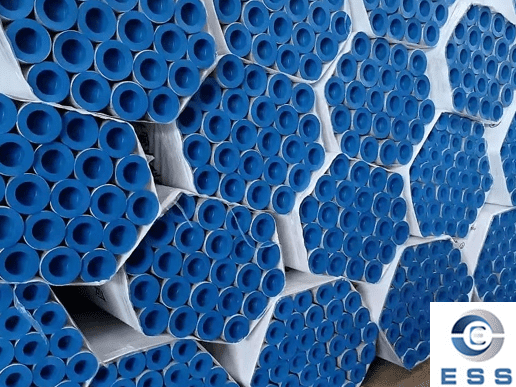
Measuring the size of the hydraulic
tube is an essential step in the manufacturing and maintenance of
mechanical equipment. Mastering the correct measurement methods, techniques,
and precautions will not only improve the efficiency and accuracy of hydraulic
tube measurements, but also ensure their quality and safety. Hydraulic tube
dimension measurement primarily involves measuring diameter, wall thickness,
and length, which are described in detail below.
Choosing Tools for Hydraulic Tube
Measurement
Commonly used measuring tools for hydraulic
piping measurement include micrometers, vernier calipers, and height gauges.
Different measuring tools are required for different hydraulic tube materials
and diameters. When selecting a measuring tool, consider factors such as
accuracy, sensitivity, and scale size to ensure accurate measurement results.
Size of Hydraulic Tube Measurement
1. Diameter Measurement
Use a tool such as a caliper or micrometer
to measure the maximum outer diameter of the hydraulic tube and calculate its
diameter. During measurement, ensure that the end face of the caliper or
micrometer is perpendicular to the diameter of the hydraulic steel tube to
avoid errors.
2. Wall Thickness Measurement
Use a tool such as a micrometer to measure
the minimum outside diameter and diameter of the hydraulic tube and calculate
its wall thickness. During measurement, ensure the end of the micrometer is
perpendicular to the hydraulic tube wall, and the measurement point should be
located at the thinnest point on the circumference of the hose.
3. Length Measurement
Use a tool such as a height gauge to
measure the length of the hydraulic tube and record the value. During
measurement, ensure the parallelism between the end of the height gauge and the
end of the hose to minimize error.
Measuring the diameter of hydraulic tubes
is a fundamental task. Common methods for measuring hydraulic steel tube
diameters include the following:
1. Micrometer Measurement
Use a micrometer or digital micrometer to
directly measure the outside diameter of the hydraulic steel tube. Note that
micrometer measurements rely on contact point location for high accuracy, while
digital micrometers are more convenient and accurate.
2. Tape Measure Measurement
Use a tape measure to measure the outside
and inside diameters of the hydraulic steel tube. It's important to note that
when measuring the inside diameter, you need to use an appropriate tape
measure, such as a steel tape measure or a soft tape measure, to minimize
measurement errors and achieve high accuracy.
3. Mirror Measurement Method
Use a graduated mirror to measure the
outside diameter of hydraulic tubes. This is often used when measuring smaller
diameter hydraulic tubes and accuracy is not a priority.
Hydraulic Tube Length
Measuring the length of hydraulic tubes is
one of the most basic measurement methods. The following are several common
measurement methods:
1. Tape Measurement Method
Use a tape measure to measure length,
ensuring you choose the appropriate tape to improve accuracy.
2. Comparison Method
Compare the hydraulic steel pipe to be
measured with a standard scale or a fixed length to determine its actual
length.
Hydraulic Tube Wall Thickness
The wall thickness of a hydraulic tube
refers to the thickness of the pipe wall. This can be measured using a
non-scaled outside diameter gauge or a thickness gauge. The specific method is
as follows:
Clean the hydraulic tube;
Place the thickness gauge vertically
against the pipe and read the thickness;
Determine the specification based on the
measurement results.
When measuring the wall thickness of
hydraulic steel tubes, pay attention to the variations in wall thickness at
bends.
Dimensional References for Different Hydraulic
Tube Models
|
Model
|
OD (mm)
|
Wall Thickness (mm)
|
Length (m)
|
|
20#
|
30
|
3.5
|
6~12
|
|
45#
|
38
|
4.5
|
6~12
|
|
16Mn
|
40
|
4
|
6~12
|
|
27SiMn
|
50
|
5
|
6~12
|
|
Q345B
|
60
|
6
|
6~12
|
|
20G
|
76
|
6.5
|
6~12
|
|
ST35
|
89
|
8
|
6~12
|
|
ST52
|
102
|
10
|
6~12
|
Error Control for Hydraulic Steel Tube
In hydraulic steel tube measurement, errors
can directly affect the accuracy of the results. Therefore, a series of
measures are necessary to minimize errors. For example:
1. Clean the surface of the hydraulic steel
tube before measurement to prevent dust, oil, and other contaminants from
affecting the measurement results.
2. Ensure the accuracy and sensitivity of
the measuring tools during measurement and ensure they meet measurement
standards.
3. Calibrate the measuring tools before
measurement to ensure accuracy.
4. Avoid external interference during
measurement and keep the hydraulic steel tube in a neutral position.
5. Measure the same hydraulic steel tube
multiple times and average the results to reduce errors.
Precautions for Measuring Hydraulic Tubes
1. Use precision measuring tools such as
micrometers, vernier calipers, and digital micrometers.
2. Select appropriate measurement methods
to ensure accurate measurement results.
3. Exercise caution during measurement to
avoid scratching or damaging the hydraulic steel tube.
4. After measurement, clean the measuring
instruments and work area promptly, and restore the tools to their original
position to improve work efficiency.
FQA
1. What should be considered when
determining the appropriate size for custom hydraulic piping?
To determine the appropriate size for
custom hydraulic steel tubes, it is necessary to measure the hose's diameter,
length, and bend radius, and consider factors such as the pressure, flow rate,
and temperature of the hydraulic system.
2. What tools are needed to measure seamless
hydraulic tubes?
The main tools required for accurate
hydraulic steel tube measurement include: a tape measure, outside diameter
calipers, inside diameter calipers, a coordinate measuring machine, a
microscope, and capillary tubing with an appropriate range.
3. What should I do if the diameter and
wall thickness of the hydraulic steel tube have large errors?
Hydraulic steel tube tolerances generally
include diameter and wall thickness tolerances. If these tolerances exceed the
specified range, the diameter and wall thickness errors will be significant,
affecting the performance of the hydraulic system. To avoid this, manufacturers
must carefully control tolerances during production.
Summary
Measuring the dimensions of hydraulic steel
tubes is an essential part of hydraulic equipment maintenance. Accurate
measurement can effectively improve work efficiency and quality, ensuring the
proper operation of the equipment.









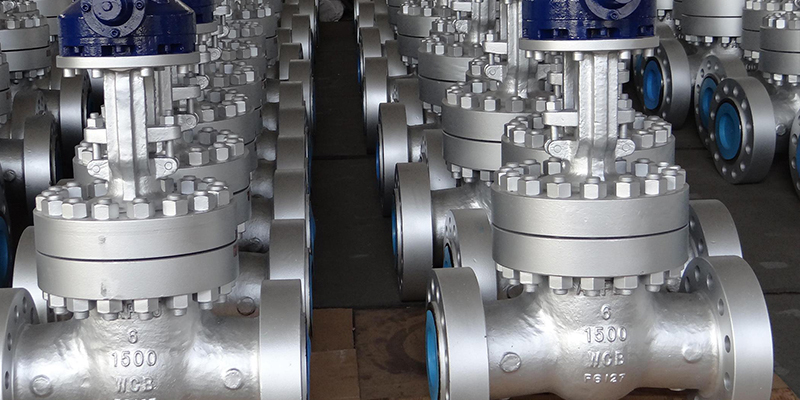



 Eastern Steel Manufacturing Co.,Ltd not only improve product production and sales services, but also provide additional value-added services. As long as you need, we can complete your specific needs together.
Eastern Steel Manufacturing Co.,Ltd not only improve product production and sales services, but also provide additional value-added services. As long as you need, we can complete your specific needs together.
